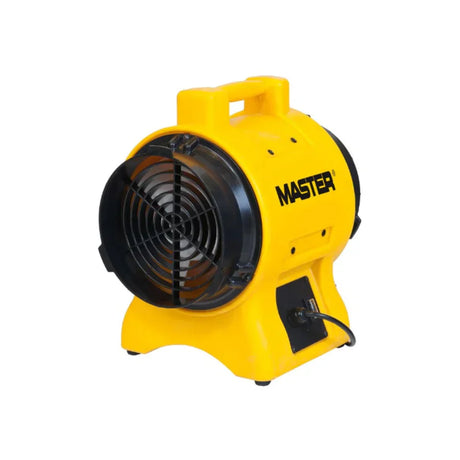
How to Clean an Extractor Fan? | In-depth Guide for You
If you’re facing unusual smoke or condensation in your home, there’s a chance that your extractor fan is out of order. Or it can be too clogged, causing poor air...
Brandix Soft |
Maintaining a healthy indoor environment goes beyond just keeping your home clean—it also requires managing air quality and ensuring proper ventilation. In many homes, especially during the winter or in urban areas, closed windows and limited air circulation can lead to stagnant, polluted indoor air. This is where an air purifier becomes invaluable, working alongside ventilation to remove airborne particles, allergens, and pollutants. Let’s explore why ventilation matters and how an air purifier can help keep your home’s air fresh, clean, and safe for everyone.
While ventilation brings in fresh air and helps reduce indoor pollutants, an air purifier takes things a step further by actively filtering out particles that ventilation alone might miss. Here’s how an air purifier contributes to a healthier indoor environment:
To achieve the best indoor air quality, using both ventilation and air purifiers can make a noticeable difference. Here’s how to maximize their benefits:
Not all air purifiers are created equal, so it’s essential to select one that meets your home’s needs:
By combining good ventilation with an air purifier, you can significantly improve indoor air quality, reduce allergens, and create a fresher, healthier living space. Whether you’re looking to keep seasonal allergies at bay, control pet dander, or remove everyday household odors, an air purifier can complement your home’s ventilation system, making it easier to breathe easy and feel comfortable year-round.